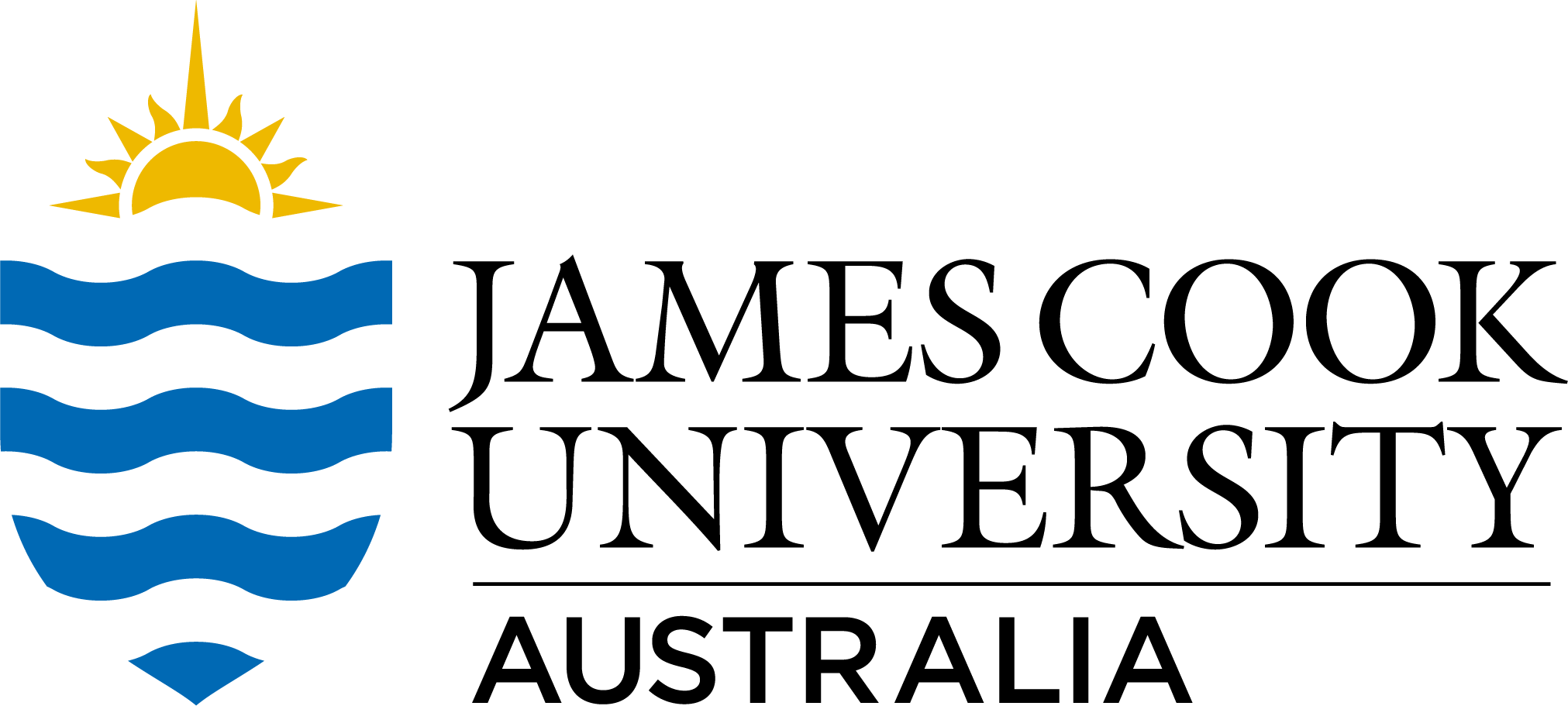Full description
Northern Australia’s unique and rich biodiversity faces numerous threatening processes. Currently, there is limited knowledge of i) the distribution of species of conservation concern across northern Australia, ii) their level of exposure to various threats and iii) their vulnerability as a result of exposure and differential sensitivity to threats. These knowledge gaps severely limit the efficiency and adequacy of conservation actions and simultaneously create uncertainty for sustainable development in the North. This project aimed to fill these knowledge gaps by creating spatially explicit data that can be used to inform species conservation policy, assessments of species’ conservation status and decision-making about threat mitigation and management. The data can also be used to guide where further research may be needed about species of conservation concern, as part of regional planning processes governing land-use and water resources in northern Australia. The user guide has been prepared to assist stakeholders with the appropriate use of data created for the National Environmental Science Program (NESP) Northern Australia Environmental Resources (NAER) Hub, through Project 3.3 Prioritising threatened species and threatening processes across northern Australia.
The project has generated the following data sets:
1. High-resolution maps of the distributions of >1,400 ‘species of conservation concern’,i.e. rare, range-restricted, threatened or near threatened species or populations of plants and animals that occupy terrestrial or freshwater ecosystems, developed based on habitat suitability models and expert knowledge;
2. Hotspot maps that show concentrations, or richness, of species of conservation concern for different taxonomic groups;
3. Maps of the key threatening processes that impact northern Australian biodiversity; and
4. Maps of vulnerability: These combine maps of species of conservation concern distributions with maps of threatening processes and information on how sensitive the species are to those threats. The resulting maps identify areas of high vulnerability – areas, where species of conservation concern coincide with significant threats and thus should be considered for targeted management.
The user guide briefly describes the rationale for, and data files associated with, all four data sets described above. It also provides practical guidance on appropriate interpretation of the data, as well as important methodological caveats and limitations. It does not replace the need for ground-truthing, regional and site-based ecological surveys and/or taxa-specific research, but can help frame where this survey effort might occur and for which species.
Created: 2022-04-21
Spatial Coverage And Location
text: Northern Territory, Australia
text: Queensland, Australia
text: Western Australia
text: Northern Australia
User Contributed Tags
Login to tag this record with meaningful keywords to make it easier to discover
- DOI : 10.25903/F67H-K245

- Local : researchdata.jcu.edu.au//published/2f449820c5c011ec96e79967aec3951f


